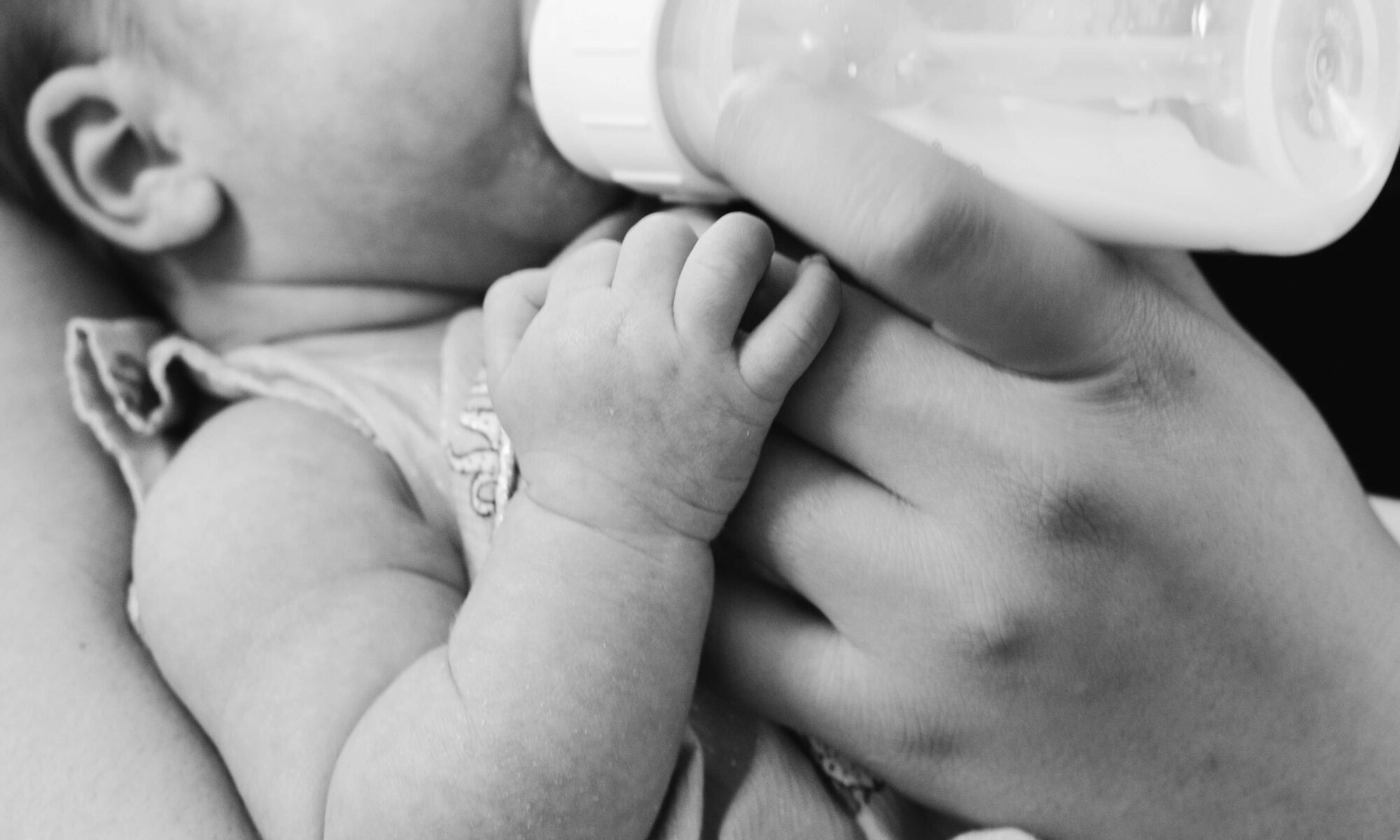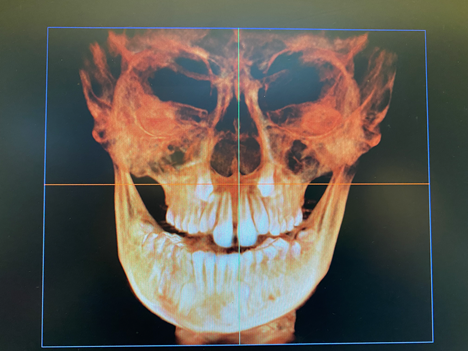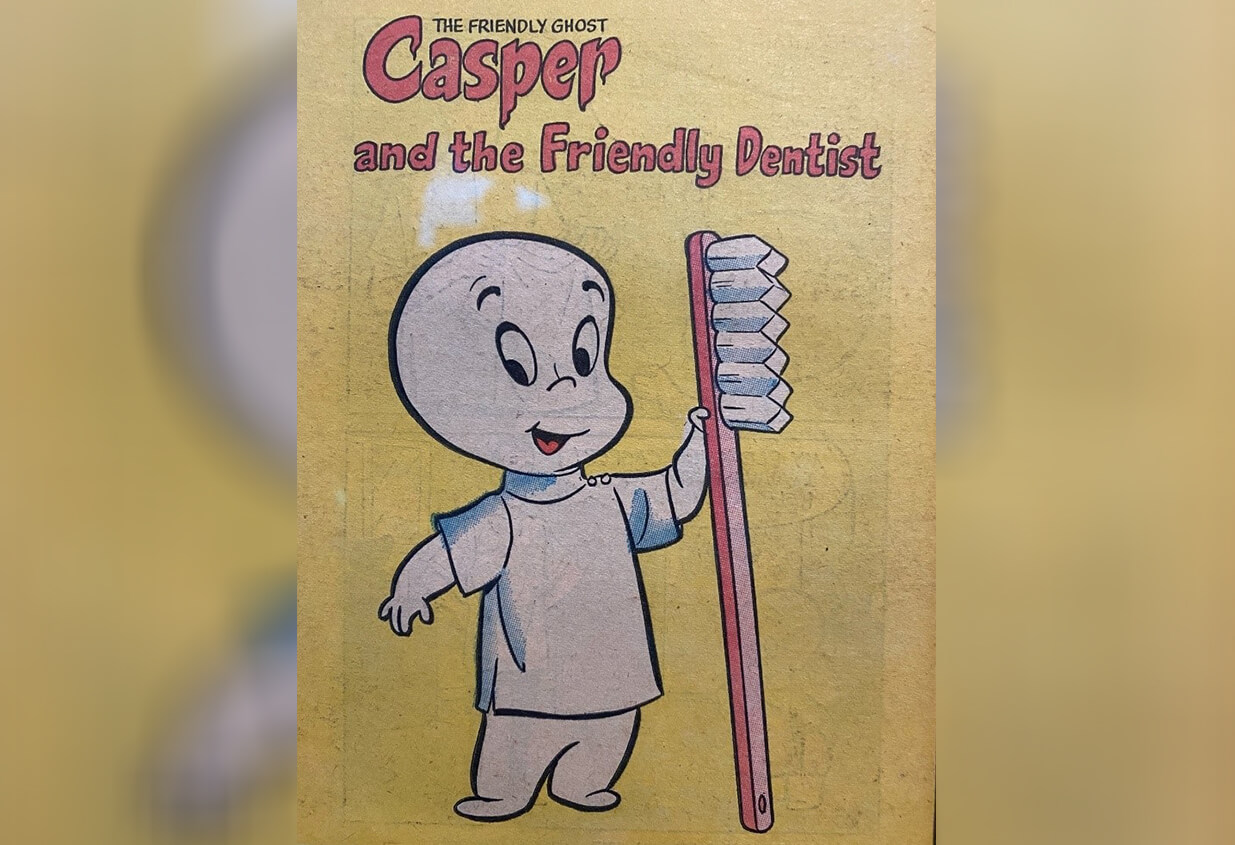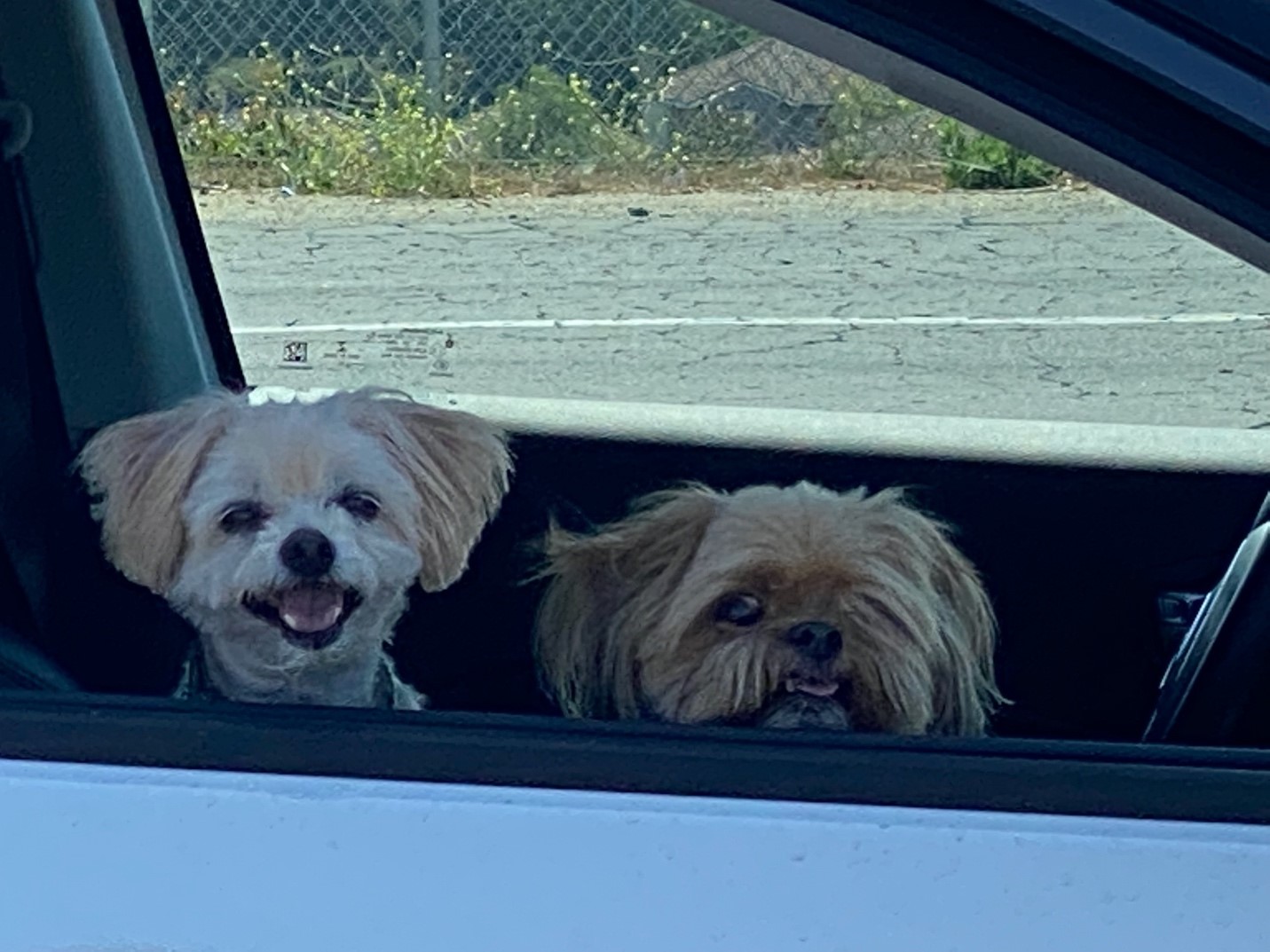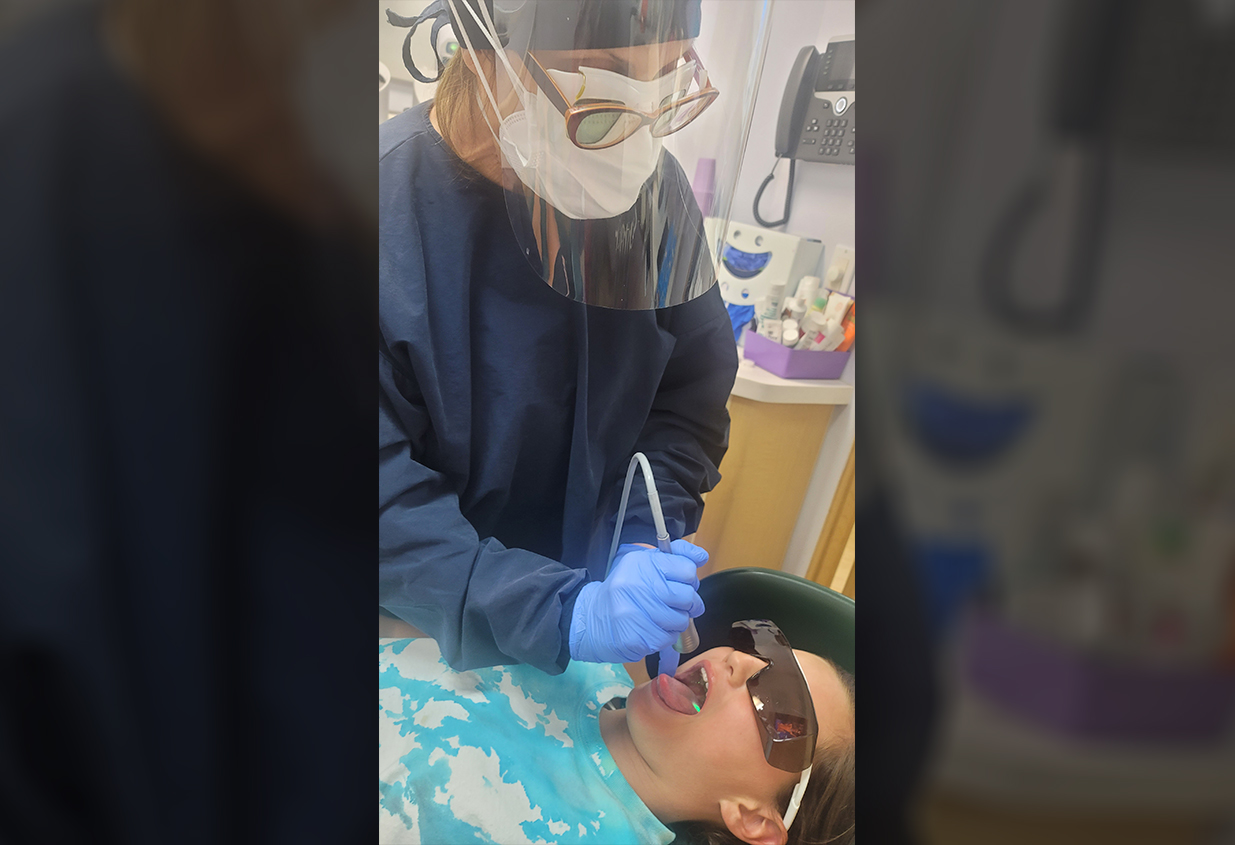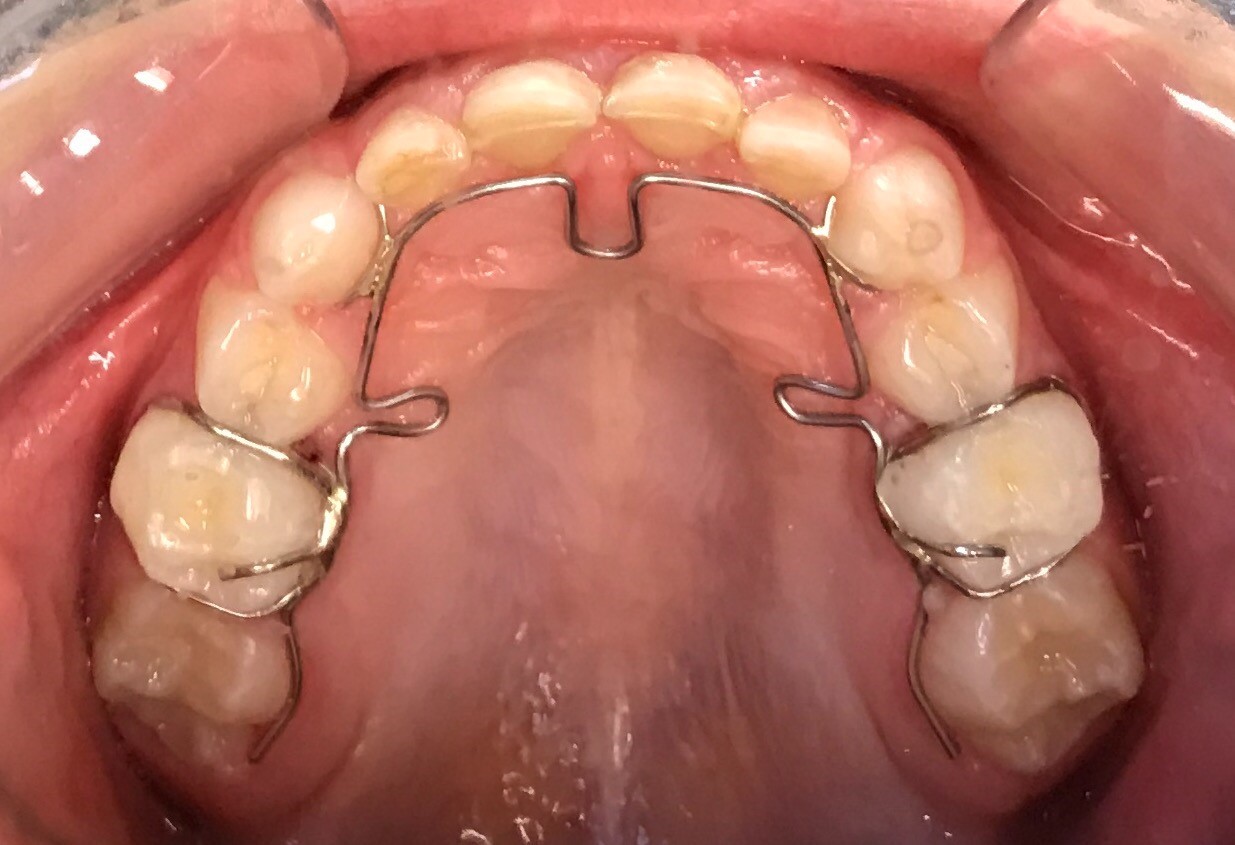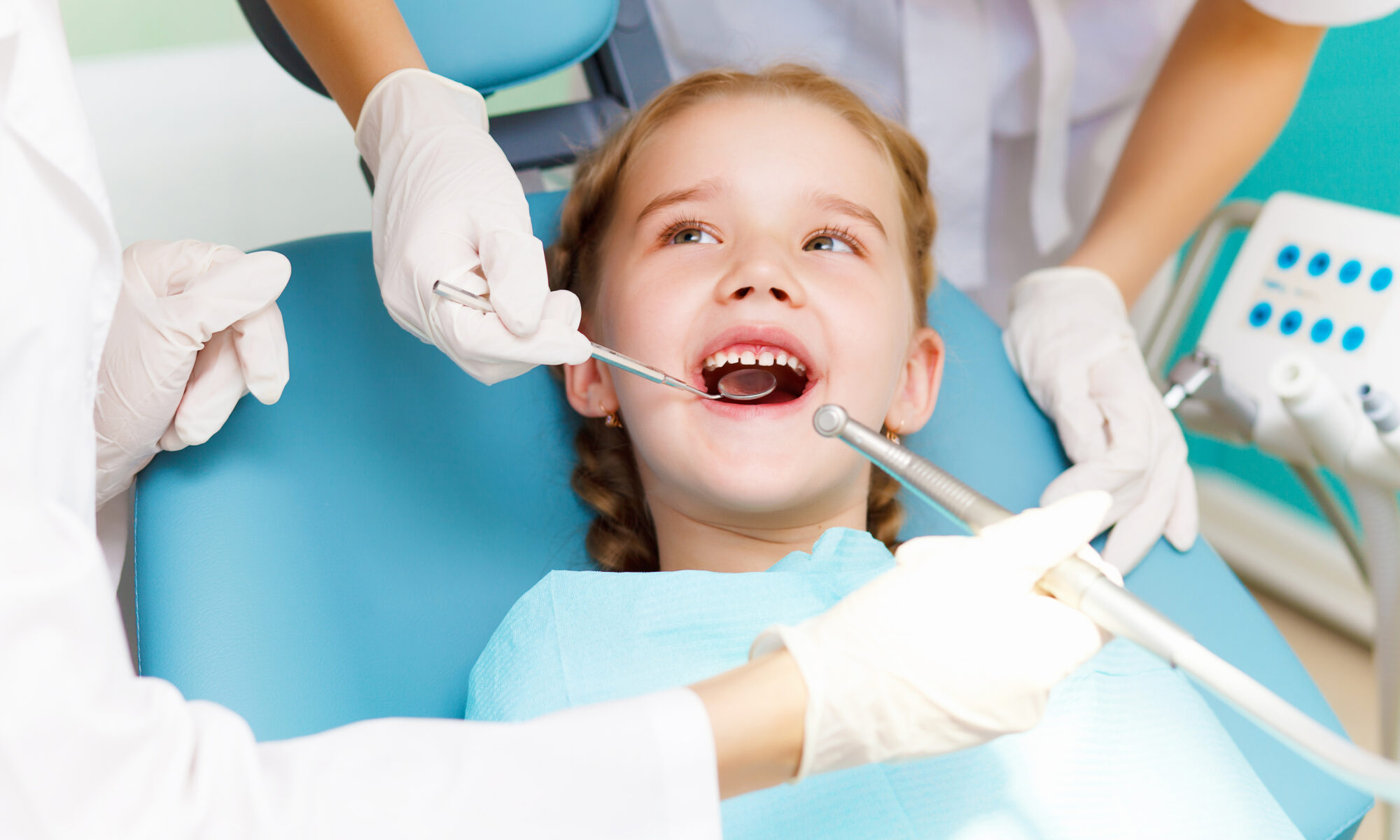A narrow palate is something that most people don’t consider until it starts affecting their kids. The presence of a narrow palate is a relatively common dental condition in children with a wide variety of potential causes. Genetics, facial trauma, and unhealthy habits, such as thumb sucking can all lead to narrow palates in children. The good news is that there are solutions, including narrow palate treatment for children in Los Angeles, CA. Treating your child’s narrow palate today will help:
Prevent Further Complications – Most parents are aware that narrow palates can result in insufficient space for permanent teeth to come in properly, potentially leading to overbites and crossbites. Yet, parents may not be aware that a narrow palate can restrict the airway, leading to breathing problems, and also prevent the oral cavity and face from developing properly in terms of structure/function and also, aesthetics.
Reduce the Need for Future Treatments – Orthodontic treatment for older kids and adults can be a significant financial and time commitment. That’s why it’s important and wise to take care of dental issues at an early age before they worsen and become more expensive to treat.
Boost Your Child’s Confidence – Every child deserves to smile with confidence. Proactively treating pediatric dental issues when children are young will set them up for confident adolescence and adulthood.
Don’t hesitate to contact Hila Robbins, DMD, Inc. for more information about pediatric dentistry and narrow palate treatment for children. As a kids’ dentist specialist, Dr. Robbins will be more than happy to explain the treatment options available for your child. We look forward to supporting your family soon.


